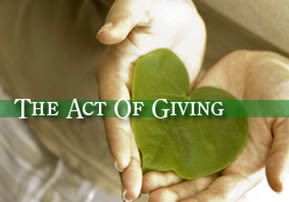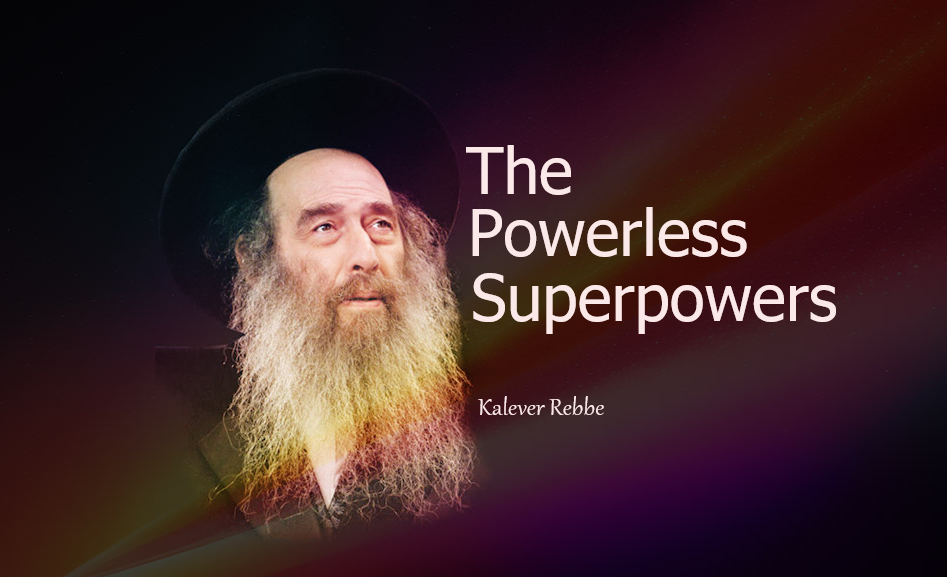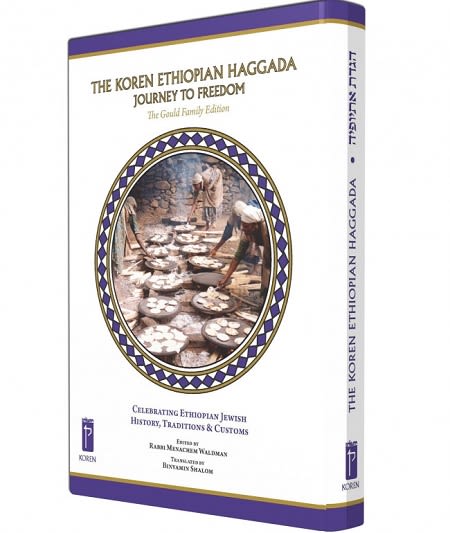
The Act Of Giving
Putting our hand in our pocket to help a fellow human is a lofty act. But, doing so because Hashem commanded us to – and not because we “feel like it” – makes the act even loftier.

Rebbe Nachman begins Likutey Moharan Tinyana 4 with the verse where God said to Elijah the Prophet, “I commanded the ravens to sustain you…” (I Kings 17). He relates this to the idea of tzedaka, charity, because when we begin to contribute money to charity, we must pass through a stage of breaking whatever cruelty we possess in our nature and transforming it into compassion. This is the fundamental principle of avodat tzedaka – the “work” of giving tzedaka.
 It is written, “And the deed of tzedaka shall be peace, and the work of tzedaka shall be tranquility and security forever” (Isaiah 32:17). The first part of the verse alludes to the idea of tzedaka in practice: the actual deed itself. Every time a person gives to someone in need, it counts as the mitzvah of tzedaka. Our Sages say, “One who gives a coin to charity is blessed.” We fulfill the mitzvah of tzedaka whenever we give something to a person in need, and he derives benefit. However, there is also another category, called the “work” of tzedaka.
It is written, “And the deed of tzedaka shall be peace, and the work of tzedaka shall be tranquility and security forever” (Isaiah 32:17). The first part of the verse alludes to the idea of tzedaka in practice: the actual deed itself. Every time a person gives to someone in need, it counts as the mitzvah of tzedaka. Our Sages say, “One who gives a coin to charity is blessed.” We fulfill the mitzvah of tzedaka whenever we give something to a person in need, and he derives benefit. However, there is also another category, called the “work” of tzedaka.To highlight this concept, Rebbe Nachman cites the second part of the verse, “…and the work of tzedaka shall be tranquility and security forever.” The work of tzedaka is not only the actual giving itself, but breaking the cruel tendency wherever it exists within us, and turning it into compassion.
If one gives charity because of his compassionate nature, where is the work? Even among animals, some are compassionate by nature. The real work is to break our inherent cruelty and convert it into compassion. This is expressed through, “And I commanded the ravens to sustain him.” Although the raven’s nature is cruel, it was transformed into compassion in order to sustain Elijah the Prophet. Likewise, anyone who gives charity because of their inborn generosity, regardless of the amount, needs to pass through this preliminary stage of breaking whatever cruelty they possess and turning it into compassion.
Reb Noson writes in Likutey Halachot, that when we see another who is starving, our compassion is certainly aroused to help him. Of course this is a mitzvah, and we must do it, but there is also a much higher level of giving tzedaka. Even one who has a generous heart by nature must pass through this stage when he begins to give, pushing beyond his compassionate tendencies. Rather, when he overcomes his inborn nature, understanding where his compassion ends and cruelty begins, he must convert this cruelty into compassion and give tzedaka. Without this, he hasn’t yet done the work of tzedaka. Everyone has a place where he says “until here and no more” – this point of “cruelty” is what he must exert himself to break.
There are many forms of doing kindness through tzedaka. One may perform an act of tzedaka with actual money, but there also are other ways to give tzedaka. For example, just as a person can help with money, he can also help with good advice. Each person is limited and has a different point where their compassion ends, depending upon the situation. Again, the “work” of tzedaka is to push further, beyond one’s inborn compassionate nature, and convert the cruelty into compassion.
This involves a deeper understanding of giving. We need to contemplate and realize that the need to give tzedaka does not depend solely upon the compassion we feel. Rather, we must break through and give more than our natural compassion dictates – ultimately because this is what the Creator commanded.
In a related lesson, Rebbe Nachman tells us that a person needs to turn his anger into compassion (Likutey Moharan 18). In other words, when one begins to get the least bit angry, he must be very careful not to act in an unkind way, which includes speaking harshly. On the contrary, he must “sweeten” his anger with compassion. Our Sages say, “One who breaks vessels in anger, is an idolater.” We need to act in the opposite way – “When anger and wrath come, remember compassion” (Selichot). A person must be extremely careful about all forms of anger.
Happy is one who never gets angry in the first place, but even if he does, he must ensure that he does not act upon it. He must not even speak in anger. It is written, “Whoever gets angry gains nothing except the anger.” Put another way, anger never accomplishes anything. Even if one thinks he achieved something through anger, the truth is that it wasn’t the anger that accomplished it for him – he would have accomplished far more without it. Instead, he should remember to restrain the anger and be compassionate.
To develop this idea further, Rebbe Nachman speaks about two concepts: “length of days” and “shortness of days.” The term “length of days” is connected to old age. Our Sages teach that through aging, one acquires wisdom. Rebbe Nachman says that every single day, a person needs to add more holiness, light and Daat. Every day needs more illumination, and it is our purpose in life to bring more light into each day. Through this, our minds become progressively more calm and settled.
We exist in the dimension of time: a person is born, develops through childhood to adulthood, until the point where he should already begin to understand the need to grow spiritually every day. Practically, this means not to be on the same spiritual level today as yesterday, by adding some type of additional hitchadshut – newness – in serving God.
The second concept, “shortness of days,” is the opposite. He explains that there are people who live a long time and thus appear to possess “length of days.” Yet, since they blemished their days by not adding more holiness and Daat, they draw their spiritual sustenance from chochmat teva – the idea that there is nothing beyond nature. When days pass without renewal, it is the very opposite of “length of days” and the wisdom that comes with age. This is called ketzar yamim seva rogez – “shortness of days, filled with anger.”
One of the great Breslever Chassidim from Rebbe Nachman’s time once said that if he would recite the Shema today as he did yesterday, he would have no reason to live. In order to grow spiritually, a person cannot remain on the same level. By living with renewal, his days are “long” in the sense that every day has more holiness and light than the previous one. However, on the other hand, if each day passes without any holiness being added, he exists within “shortness of days, full of anger.”
A life of routine without renewal produces anger and irritation. Rebbe Nachman offers a remedy by saying that when a person does the “work” of tzedaka, by subduing and breaking cruelty and turning it into compassion, he repairs the damage caused by living a life without renewal – “shortness of days.”
A happy and satisfying existence in the world depends upon knowing that everything comes from God. This means believing through faith that God created the world in the way He desired, above the dictates of nature. Even though He created the world with nature, He preceded everything. Nothing obligated Him either to create the world, or to continue to sustain and support it.
A person of faith can accept and cope with everything that happens in life. With faith, it is possible to withstand anything, without getting angry or leaving one’s senses, God forbid. A person loses faith when he is unable to see that everything comes from God. Instead, he thinks that there is some other force that directs the world. It appears to him that everyone else has a better lot, and as a result, he may become angry, jealous and hateful. One who loses faith exists in the confines of “shortness of days, full of anger.” He thinks that this is life, but anger and pain are the very opposite of life. True life is serenity, the calm and settled mind that comes from “length of days.” Through faith, a person is able to add holy light and Daat (spiritual awareness) to every day and moment, acquiring wisdom and revealing compassion.
***
Reprinted with courtesy of www.nachalnovea.com










Tell us what you think!
Thank you for your comment!
It will be published after approval by the Editor.